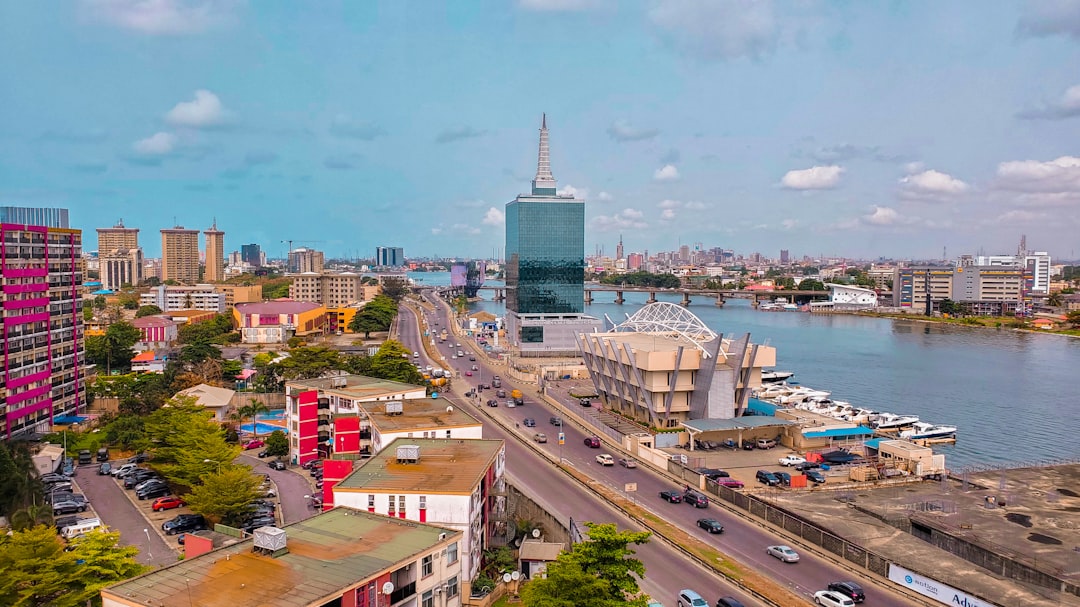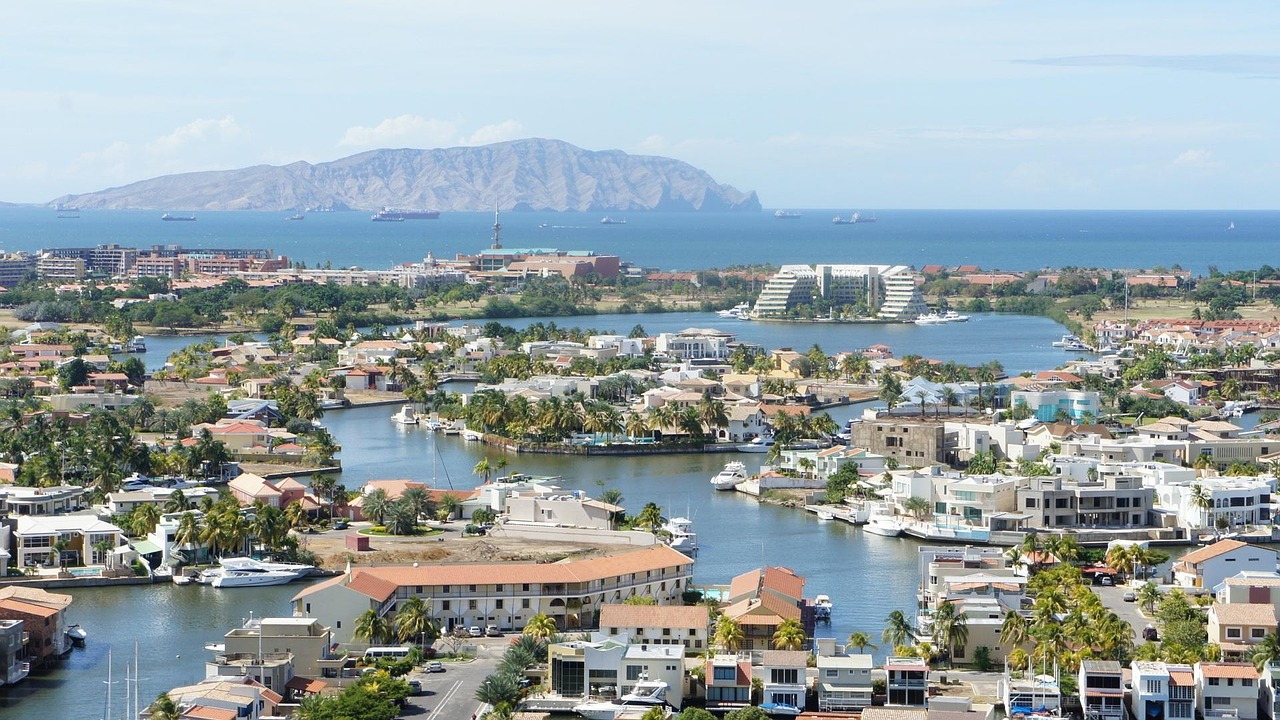Germany: A Model of Stability

Germany’s insurance system stands as one of the most reliable globally, reflecting a culture deeply rooted in security and careful planning. By 2024, the insurance sector represented about 10.5% of the nation’s GDP, a figure that demonstrates how seriously Germans take risk management. Market giants like Allianz and Munich Re have become household names, offering everything from comprehensive health plans to innovative property policies. The regulatory environment, overseen by BaFin, is famously strict, requiring insurers to maintain high levels of capital and transparency, which fosters public trust. German policies are often cited as some of the most consumer-friendly in the world, with swift claims processing and clear terms. The country’s adoption of digital technologies has made buying insurance simpler and more accessible. Many Germans now purchase or manage their insurance through intuitive apps, reflecting a seamless blend of tradition and innovation. This sturdy backbone has made Germany a magnet for international investment in the insurance sector, as companies seek a foothold in its stable and profitable market.
Switzerland: Precision and Efficiency

Switzerland’s insurance market is legendary for its accuracy and efficiency, echoing the country’s broader reputation for precision. In 2023, insurance accounted for about 8.4% of Swiss GDP, underlining its importance in daily life and business. Firms like Zurich Insurance Group and Swiss Re are not just national leaders; they are global powerhouses, known for handling complex risks and delivering bespoke solutions. Swiss regulation, managed by FINMA, is known for its thoroughness and fairness, ensuring customers are always protected and that companies operate transparently. The Swiss public’s affinity for insurance is partly cultural, shaped by a desire for stability in a country that prizes order and predictability. Even niche products, such as travel and cyber insurance, are widely adopted here. The combination of strong consumer protection, a robust financial sector, and a tech-forward approach has made Switzerland a global reference point for insurance best practices. This has attracted both foreign insurers and innovative startups to the Swiss market, keeping it dynamic and competitive.
United States: A Diverse Landscape

The United States commands one of the world’s largest and most complex insurance markets, with the sector making up around 8.7% of GDP as of 2024. The array of insurance products is dizzying—ranging from health and life to auto, pet, and even identity theft insurance. The insurance industry here is a patchwork of local, regional, and national companies, creating a landscape as diverse as America itself. Health insurance, especially, has undergone dramatic changes since the Affordable Care Act, with more Americans covered than ever, though costs remain a sticking point. Regulatory oversight varies by state, adding layers of complexity but also opportunities for innovation. Insurtech startups have flourished in recent years, using AI and big data to personalize coverage and reduce costs. This wave of digital transformation has made insurance more accessible and user-friendly, particularly for younger consumers. Despite challenges like regulatory hurdles and rising medical costs, the American insurance system remains a global leader in product variety and technological advancement.
Singapore: A Hub for Innovation

Singapore has rapidly emerged as Asia’s insurance powerhouse, with insurance penetration hitting 8.1% of GDP in 2024. The city-state’s small size belies its outsized influence, thanks to strong regulation from the Monetary Authority of Singapore (MAS) and a highly skilled workforce. Global brands mix seamlessly with agile local startups, creating a vibrant insurance ecosystem focused on digital innovation. Singapore’s government actively encourages experimentation, supporting insurtech accelerators and pilot projects aimed at making insurance faster, cheaper, and more relevant. The result is a market where consumers can often buy policies in minutes using their smartphones, and claims are processed with impressive speed. Singapore’s status as a global financial center has attracted regional offices of all major insurers, cementing its role as a hub for insurance expertise. The country’s focus on consumer protection and transparency has also helped build public trust in insurance products, driving higher adoption rates. This forward-thinking approach places Singapore at the forefront of insurance innovation, not just in Asia but worldwide.
Canada: A Strong Safety Net

Canada’s insurance industry is marked by resilience and innovation, contributing approximately 9.2% to national GDP in 2023. The market is dominated by large players like Manulife and Sun Life Financial, which offer a wide range of life, health, and property insurance products. Canada’s regulatory system is robust, overseen by the Office of the Superintendent of Financial Institutions (OSFI) and complemented by strict provincial regulation. These rules ensure that insurers hold enough reserves to pay claims even in times of major crisis, giving Canadians peace of mind. Public awareness of climate risk has spurred growth in property and catastrophe insurance, especially after recent wildfires and floods. Insurance companies in Canada have also invested heavily in digital technology, making it easy for customers to shop for, buy, and manage their policies online. The country’s multicultural population has led insurers to develop products tailored to a wide variety of needs, from newcomer insurance to specialized agricultural coverage. This adaptability helps ensure that most Canadians have access to reliable, affordable insurance.
Australia: A Comprehensive Approach

Australia’s insurance sector is known for its thoroughness and accessibility, with penetration reaching about 9.5% of GDP in 2024. The Australian Prudential Regulation Authority (APRA) keeps a close watch over the industry, ensuring financial stability and consumer protection at all times. Major insurers such as QBE and Suncorp offer a full menu of products, including health, life, travel, and business insurance. The Australian market is highly competitive, with a strong focus on customer service and digital platforms that let consumers compare and purchase policies with ease. Public education campaigns have been rolled out nationwide to boost insurance literacy, teaching Australians how to choose the right coverage and avoid common pitfalls. Recent natural disasters, including devastating bushfires and floods, have prompted more people to seek out comprehensive insurance, especially for homes and small businesses. The government’s ongoing support for digital transformation has helped the industry stay agile and responsive to changing consumer needs. Australians today are more informed and empowered when it comes to insurance than ever before.
Nigeria: Challenges in Accessibility

Nigeria’s insurance sector faces steep hurdles, reflected in a penetration rate of just 0.5% of GDP as of 2023. There’s a widespread lack of awareness about insurance, with many Nigerians seeing it as either unaffordable or unnecessary. The regulatory framework, managed by the National Insurance Commission (NAICOM), has struggled to keep pace with the nation’s needs, resulting in weak enforcement and low consumer trust. Many insurance companies are undercapitalized, limiting their ability to pay claims promptly or invest in innovation. The government has tried to address these issues through reforms and public campaigns, but progress has been slow, especially in rural areas. High poverty rates and economic instability make it difficult for families to prioritize insurance over more immediate needs like food and housing. As a result, most Nigerians remain vulnerable to financial shocks from illness, accidents, or natural disasters. Efforts to increase insurance literacy and regulation are ongoing, but the sector still has a long way to go before it can provide meaningful protection for all.
India: Regulatory and Cultural Barriers

India’s insurance industry has seen impressive growth, yet it still lags behind, with a penetration rate of about 3.7% of GDP in 2024. The Insurance Regulatory and Development Authority of India (IRDAI) oversees the sector, but navigating the complex regulatory environment remains a challenge for both companies and consumers. Deep-rooted cultural attitudes often lead people to rely on informal means of support, like family networks, rather than formal insurance products. Many Indians perceive insurance as a luxury, not a necessity, particularly in rural regions where incomes are lower and financial literacy is limited. The government has launched ambitious schemes, like Pradhan Mantri Jeevan Jyoti Bima Yojana, to expand coverage, but uptake has been uneven. Insurtech startups are making strides in urban areas, using mobile apps and digital platforms to reach younger, tech-savvy customers. Trust remains a key issue, with many people wary of insurers’ motives or the claims process. While the potential for growth is enormous, significant barriers remain before insurance can become a part of everyday life for most Indians.
Venezuela: Economic Instability and Limited Options

Venezuela’s insurance market has been battered by years of economic turmoil, leaving penetration below 1% of GDP as of 2023. Hyperinflation and political instability have driven many insurers out of the country, shrinking the number of available products and providers. Those who remain struggle to offer consistent coverage, as the value of local currency can fluctuate wildly from one week to the next. Regulatory oversight is weak, and the government’s efforts to stabilize the sector have largely fallen short. Most Venezuelans simply cannot afford insurance, and even those who can often find their coverage insufficient when claims arise. The lack of reliable insurance options leaves families exposed to huge financial risks, particularly in the face of medical emergencies or natural disasters. The situation has led to a widespread loss of confidence in the insurance system as a whole. Recovery will likely depend on broader economic and political reforms, without which insurance in Venezuela will remain out of reach for most.





